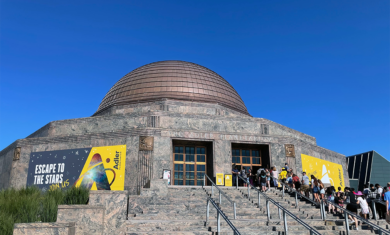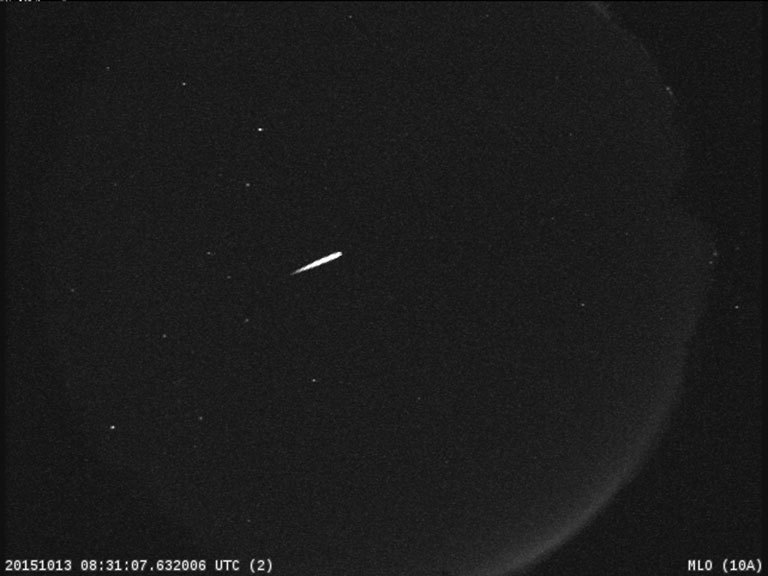Adler Skywatch: September 2024
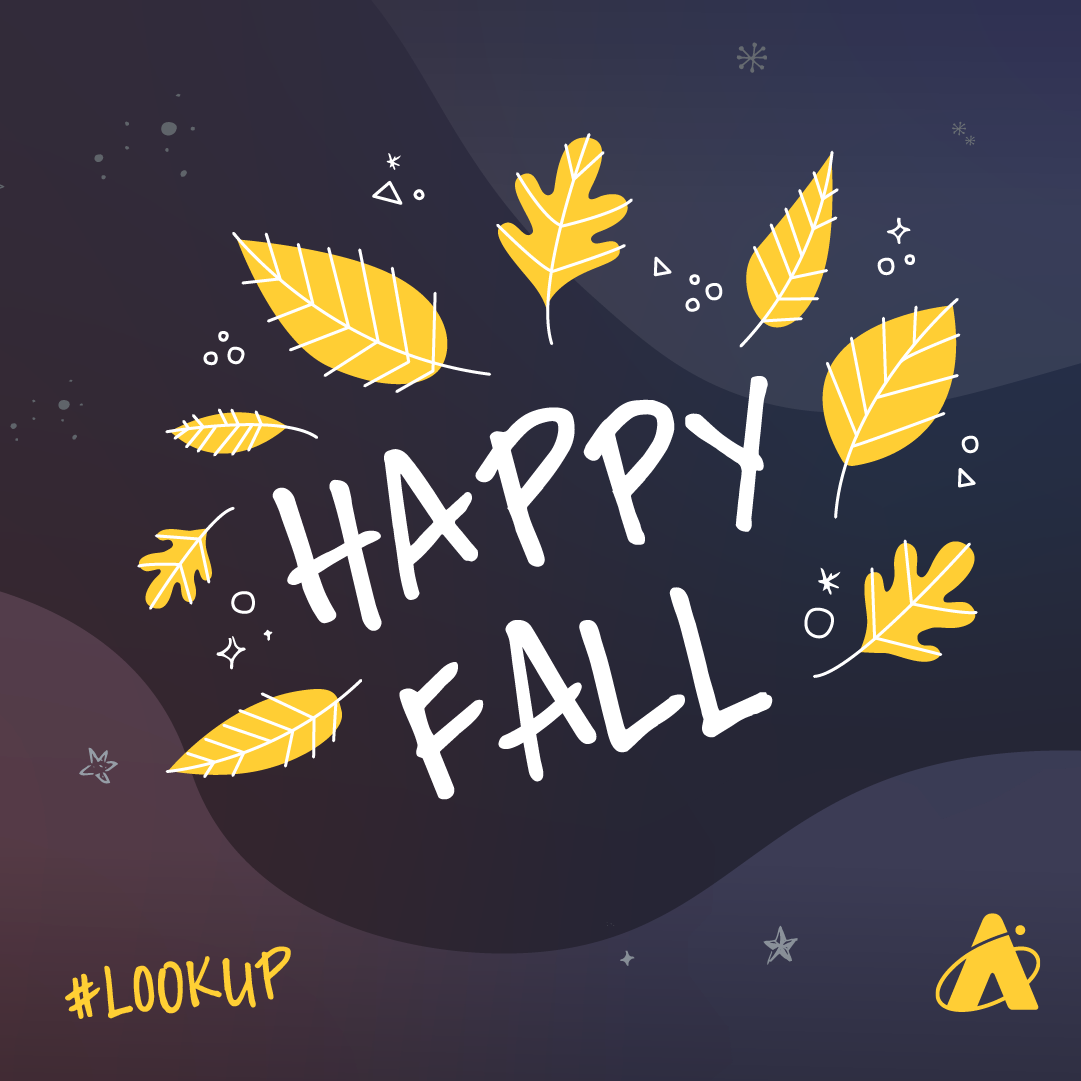
Header Image: Adler Planetarium infographic that reads “HAPPY FALL” in celebration of the autumnal equinox on September 22, 2024. Yellow/orange cartoon leaves create a wreath around the text atop a dark blue background with hand drawn stars. “#LOOK UP” is in the bottom left corner with the Adler Planetarium’s yellow logo in the bottom right corner.
It’s time for the Harvest Moon again—but it’s going to be a slightly different Harvest Moon this September, 2024.
Moons, Equinoxes, And Henges, Oh My!
The full Moon that falls closest to the autumnal equinox is often referred to as the harvest Moon. Usually, this occurs in September, and this month is one of the “usual” years, with the Full Moon on September 17 and the autumnal equinox just five days later. But this year’s Harvest Moon is rather unusual for two reasons.
First, it’s considered by some to be a supermoon, meaning it’s a little closer to the Earth than the Moon usually is. On September 17, the Moon will be about 223,000 miles away. You can compare that to the average distance from Earth to the Moon: about 238,900 miles. Additionally, the harvest Moon this year will be partially eclipsed! But it is important to note that it will not be a spectacular, ruddy-colored total lunar eclipse.
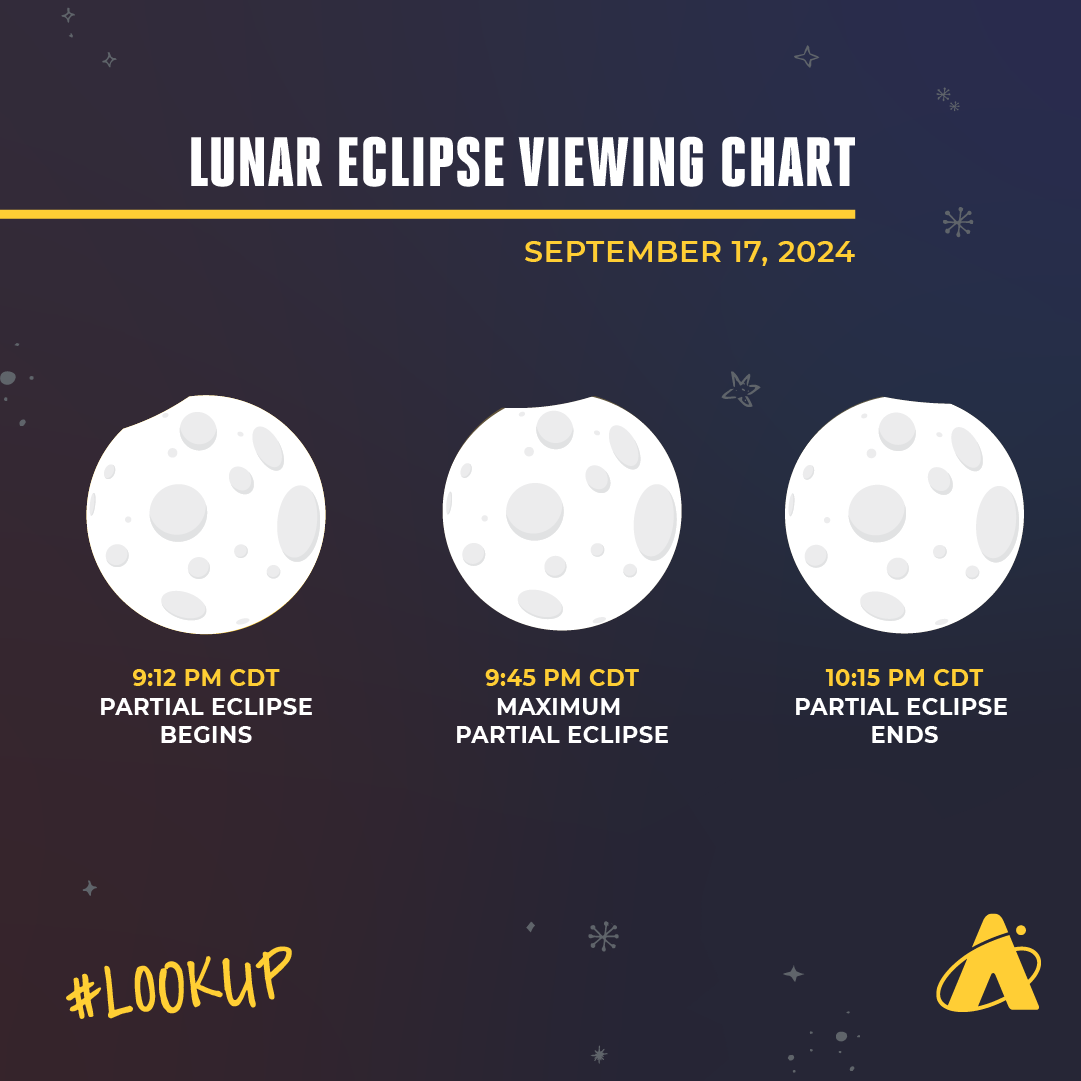
The Earth’s shadow eclipses less than ten percent of the Moon at its maximum during this eclipse. The partial eclipse starts at 9:12 pm CDT, maximum eclipse occurs at about 9:45 pm, and the partial eclipse ends at 10:15 pm. If you’d like to compare eclipse notes with people across the country, join us for our digital program, Sky Observers Hangout, which will focus on this curious super harvest Moon’s partial lunar eclipse!
The autumnal equinox, occurring at 7:44 am on September 22, marks the start of the fall season in the northern hemisphere. The word equinox means equal night—meaning night and day are roughly the same amount of time. The Sun also sets directly east and west on the equinoxes, resulting in the phenomenon known as Chicagohenge. “On the equinox, and for a couple of days before and after, the rising and setting Sun is framed by the canyon-like buildings on either side of Chicago’s east-west running streets.
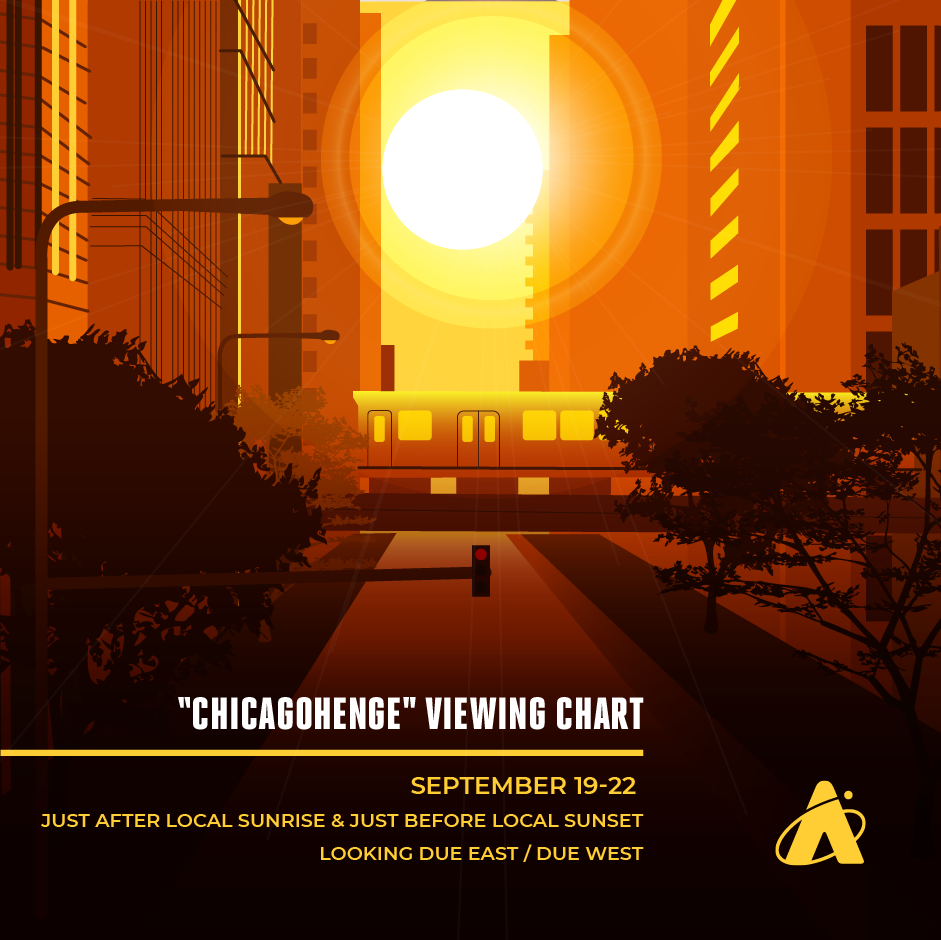
Planet Spotting In September
The brightest planet, Venus, sets shortly after the Sun this month, so it’s not readily visible until it’s very low in the western skies. It’s truly brilliant at roughly -4 magnitude. Setting around an hour after the Sun, it should be visible starting around 30 minutes after sunset. It’s low and close to due-west early in the month and low in the west-southwest later in the month. On September 5, spot Venus near a waxing crescent Moon just after sunset.
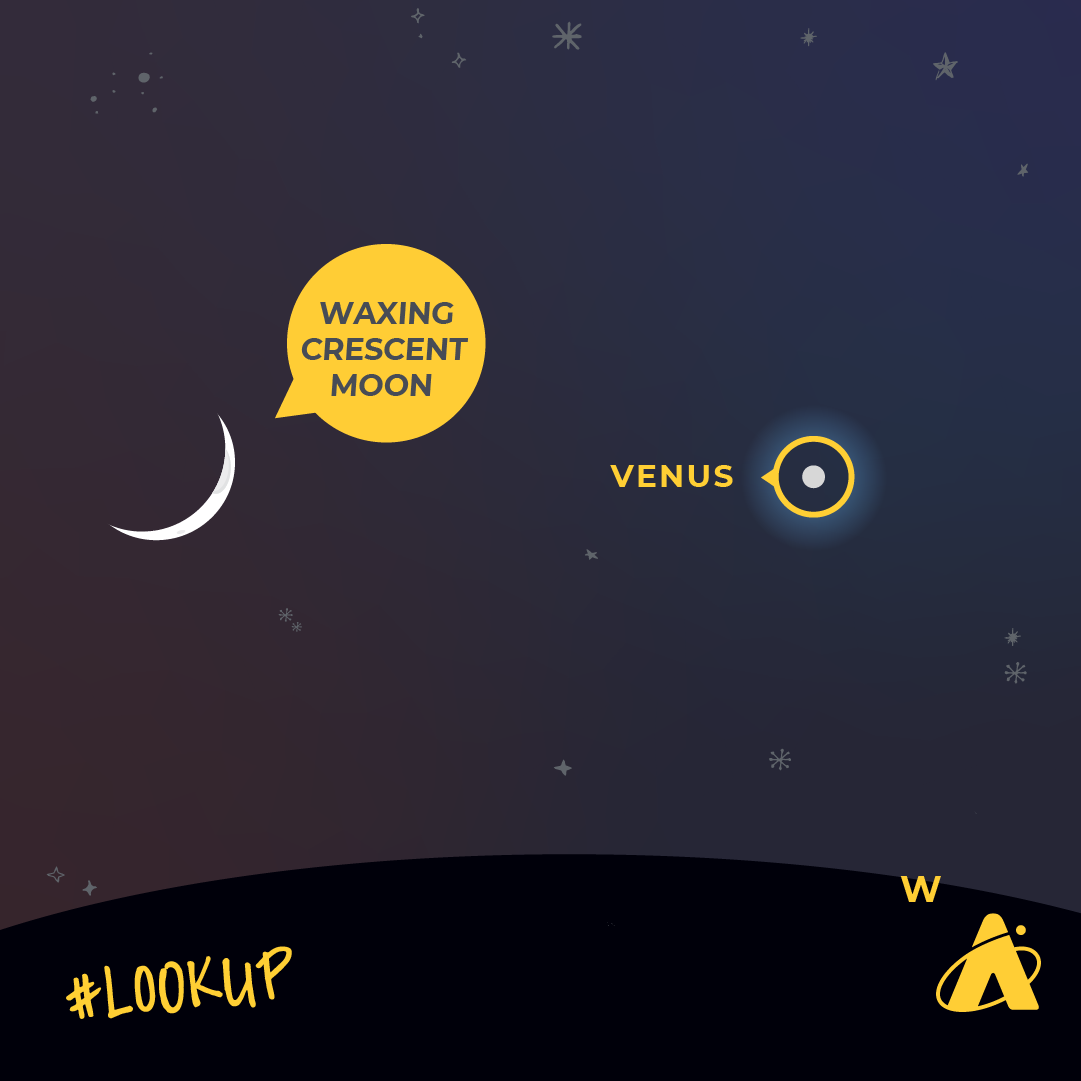
Saturn rises in the southeast near the end of evening twilight this month. It’s slightly brighter than 1st magnitude. The night of September 16 through the early-morning darkness of September 17, Saturn is a few degrees to the left of a nearly full Moon. It reaches about 40 degrees at its highest point in the southern skies each night and sets in the west-southwest during early-morning twilight.

The bright planet Jupiter rises in the east-northeast around midnight at the start of the month and around 10:00 pm by month’s end. It’s brighter than -2 magnitude this month and will continue to brighten slightly every night the next few months, until the first week of December. Very late in the night of September 23 through the early morning darkness of September 24, Jupiter appears near a waning gibbous Moon. Jupiter gets about 70 degrees high in the south at its highest, eventually fading into morning twilight.
The red planet Mars’s brightness varies widely in the night sky. This month, it’s slightly brighter than 1st magnitude. Mars rises in the east-northeast shortly after midnight at the start of the month and shortly before midnight by month’s end. The morning of September 25, look for Mars near a waning crescent Moon. Mars gets about 60 degrees high in the southeast skies until it’s blotted out by the light of morning twilight.
The hard-to-spot planet Mercury may be visible in the predawn skies this month. The first week of the month, look slightly north of east, about ten degrees above the horizon, roughly 45 minutes before sunrise. It gets a little brighter each morning early in the month. By mid-September, Mercury starts moving back closer to the Sun—so close that it will become difficult, if not impossible, to see.
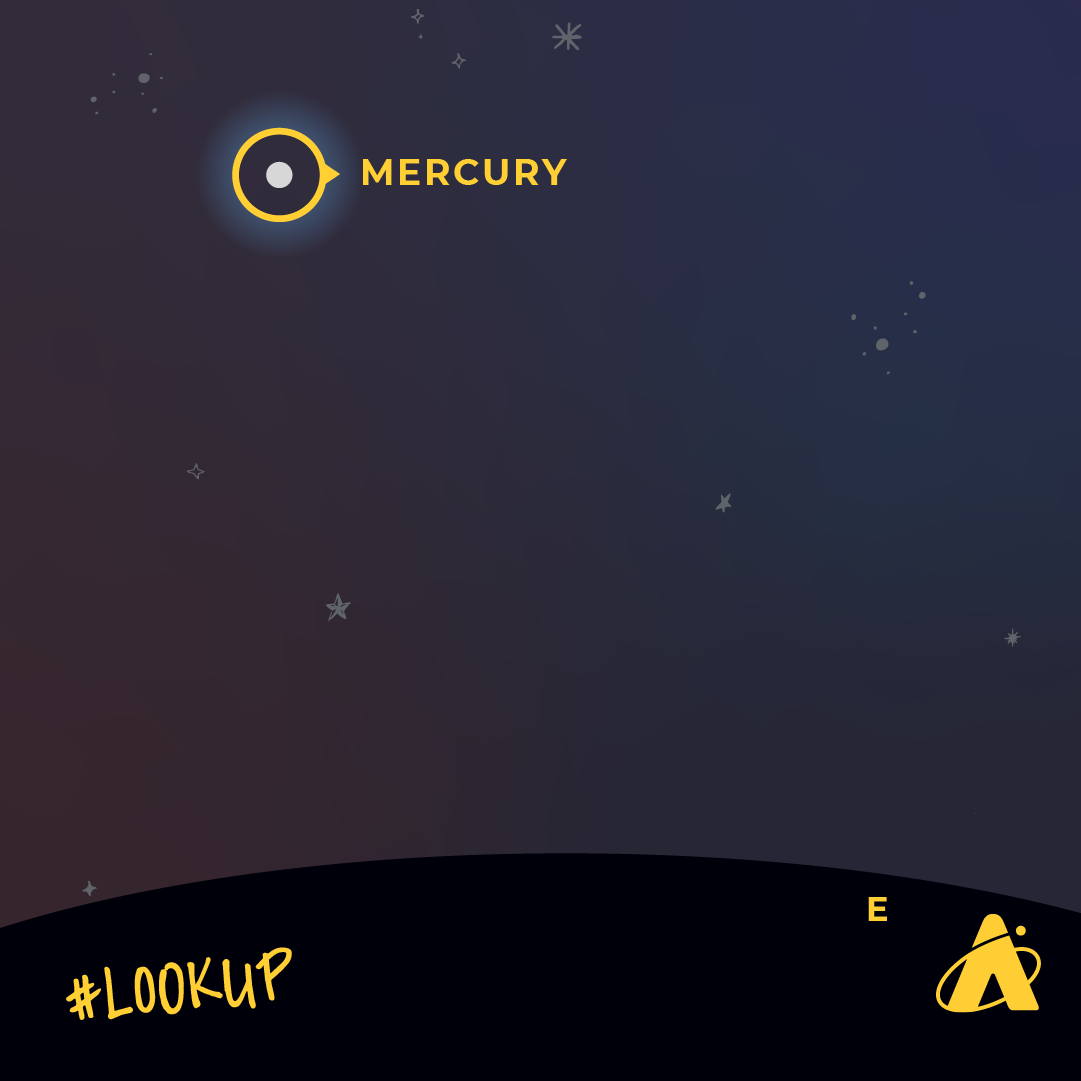
Moon Phases
New Moon: September 2
First Quarter Moon: September 11
Full Moon: September 17
Last Quarter Moon: September 24
Please note: these descriptions are for the Chicago area, using Central time.
Subscribe To Skywatch Wednesday This September!
Tour the sky with the Adler Planetarium’s Theaters Manager, Nick, in Skywatch Wednesday. Nick uses cutting edge visualizations, NASA images, and astrophotography to show you what you can see in the night sky throughout the year.
Check out Nick’s latest episode for your guide to summer stargazing! Nick explains how to see the summer triangle, our galaxy the Milky Way, Saturn, and zodiac constellations. Learn how to see the meteor shower of the summer, the Perseids, and this summer’s full Moons.
Learn From Our Astronomy Educators!
Watch exclusive live episodes of Sky Observers Hangout this September! Learn how to observe upcoming cosmic happenings, enhance your astrophotography skills, and see celestial objects through a telescope virtually with our astronomy educators.
In our latest episode, join our astronomy educators, Michelle and Hunter, to observe globular clusters through our Doane Observatory telescope in this cluster blockbuster! Globular clusters dazzle through telescopes with their tightly packed collections of tens or hundreds of thousands—or even millions—of stars. With some of these stars dating back to the early days of the universe, they give us insights into how stars form and evolve, and how galaxies collide and change.




